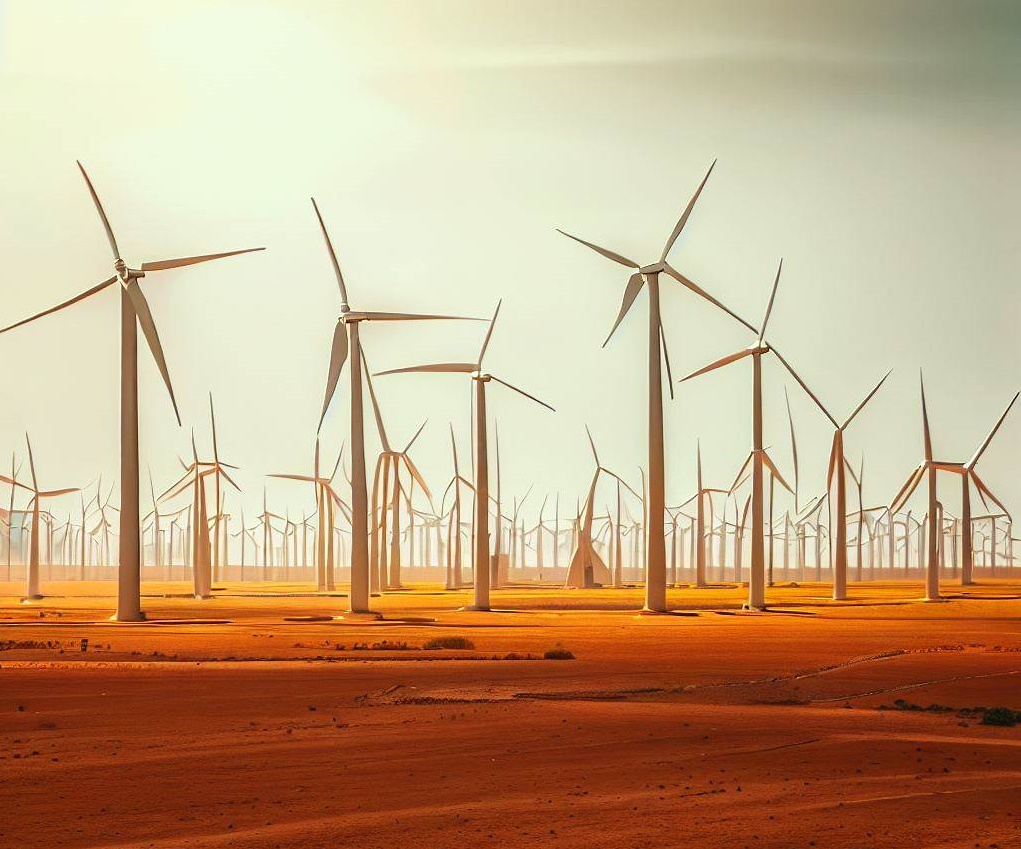The project is also the largest approved wind power project in Tibet, with a capacity of 100 megawatts, according to a statement released on Sunday on the WeChat of China Energy Investment Corporation (China Energy), the developer of the project.

After the operation, the project is expected to provide about 200 million kilowatt-hours of clean electricity annually and save about 60,000 tons of standard coal while reducing about 160,000 tons of carbon dioxide emissions every year.
The project is planned to start power generation within 2023, said China Energy.
In recent years, the deployment of clean energy has been accelerated in Tibet. By the end of 2022, a total of 17.57 million kilowatts of clean power generation projects have been built or were under construction in Tibet, and the power generation of grid-connected power stations in 2022 had increased by 30.4 percent year-on-year.
Prior to the largest wind power project, back in December 2021, the first batch of wind turbine generators of an ultra-high altitude wind farm started to generate power in Tibet, according to PowerChina Chengdu Engineering Corp, the builder of the wind farm.
The 22-megawatt wind power project stood at an altitude of more than 4,850 meters in Trigu township.
In December 2022, a photovoltaic (PV) power generation project with a capacity of 120,000 kilowatts started operation in Nagqu. Tibet ranks first in China in solar energy resources.
As the largest PV power generation project in Tibet, it helps cut 219,600 tons of carbon dioxide emissions annually, equivalent to 76,300 tons of standard coal, according to the Tibet branch of Huadian New Energy Group Co., the constructor of the solar power project.
According to ecns














